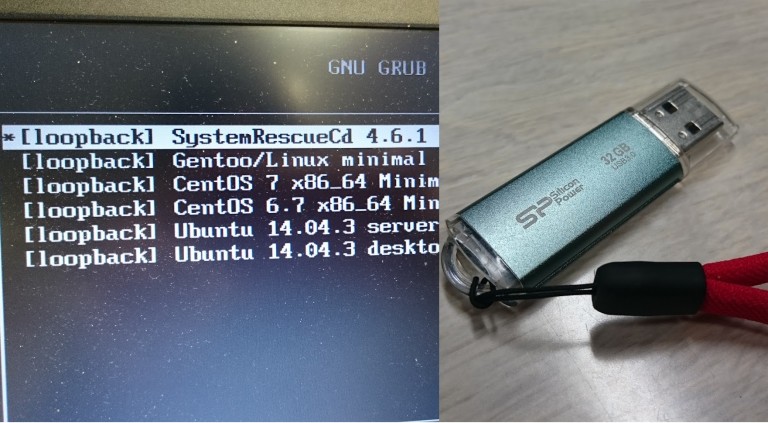

Please pay attention to every step below. This process is also what we called to create a bootable USB installer.
SYSTEMRESCUECD MAC CREATE USB HOW TO
How to create a bootable USB installer for macOS?Īfter downloading the macOS installer on the Mac computer, you need to install it onto the prepared USB drive. Or else, it will install on the computer you are using. Warning: If the Mac OS installer opens after downloading, you should quit it without continuing installation. How to get macOS installer files?Īfter finishing the preparations mentioned above, it's time to download your desired macOS installation files. If the target Mac can't support the Mac OS you've downloaded, it won't boot from the USB drive. Ensure the macOS you'll download is compatible with the Mac model that you'll boot. If you use M1 Mac, you should use a Thunderbolt 3 NVMe M.2 SSD.Ĥ. If you have modern Macs, you'd better use a USB 3 or USB Type C drive. Once the interface of the USB drive is not suitable for your Mac, it can't be detected or recognized by your Mac.

Identify your Mac ports and make sure the USB drive is suitable. For names with over one word, the input format in the terminal is special.ģ. For later operations easier, you'd better set your drive or volume name with one word. That's because Mac OS Extended has higher compatibility among different OS versions and the OS installer requires such storage space to load.īy the way, to format a USB drive or partition a volume on a USB drive, go to Disk Utility. Prepare a clean USB flash drive or other secondary volume formatted as Mac OS Extended and with at least 32GB of storage (For macOS Big Sur, 64GB is better). A bootable USB drive should be created on a healthy Mac.Ģ. Here are what you should do before creating a bootable USB drive:ġ. So, you'd better follow this part carefully. The preparations listed below are very important as they decide whether you can create a USB installer successfully or not. What do you need to prepare for making a bootable USB for Mac?


 0 kommentar(er)
0 kommentar(er)
